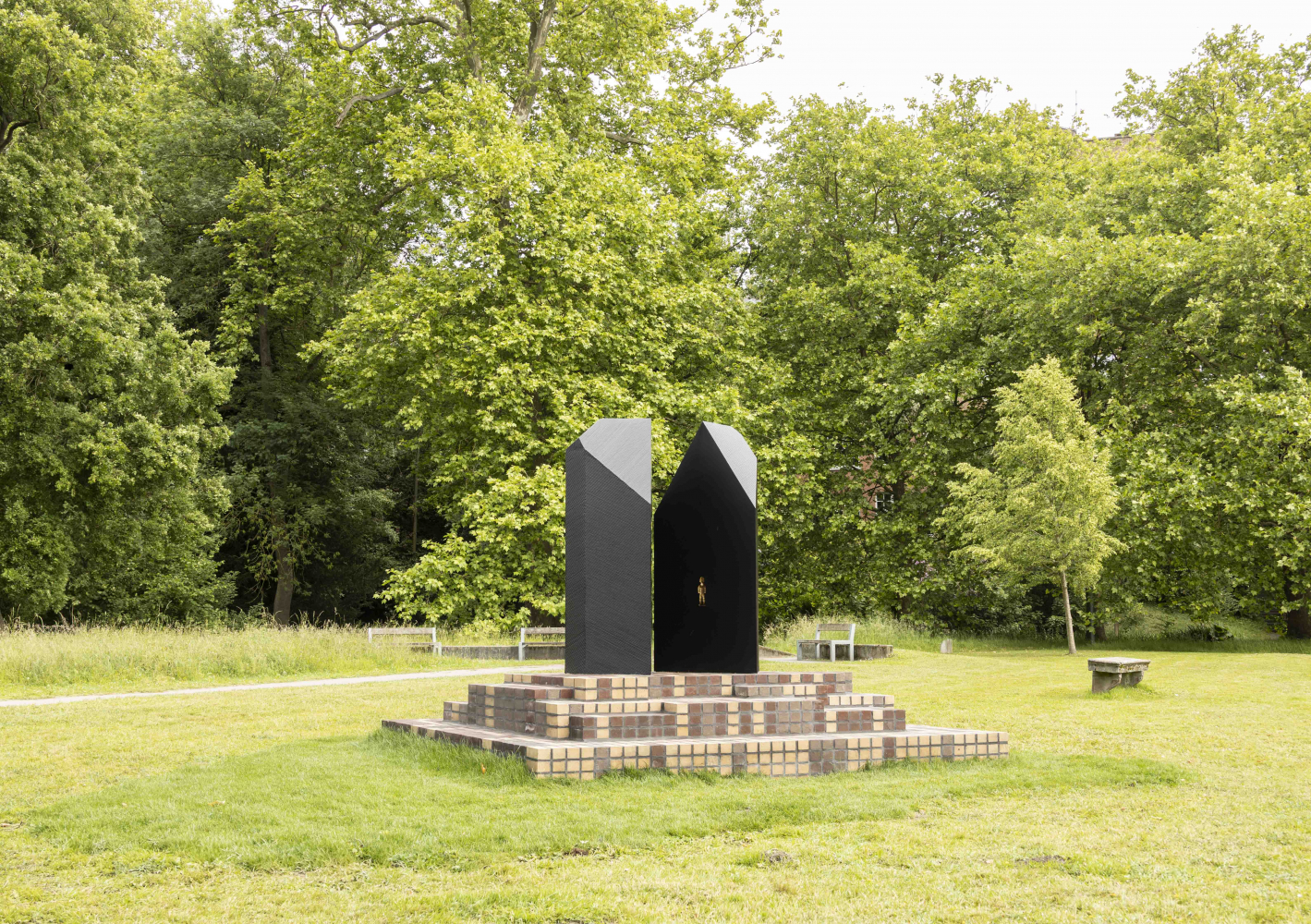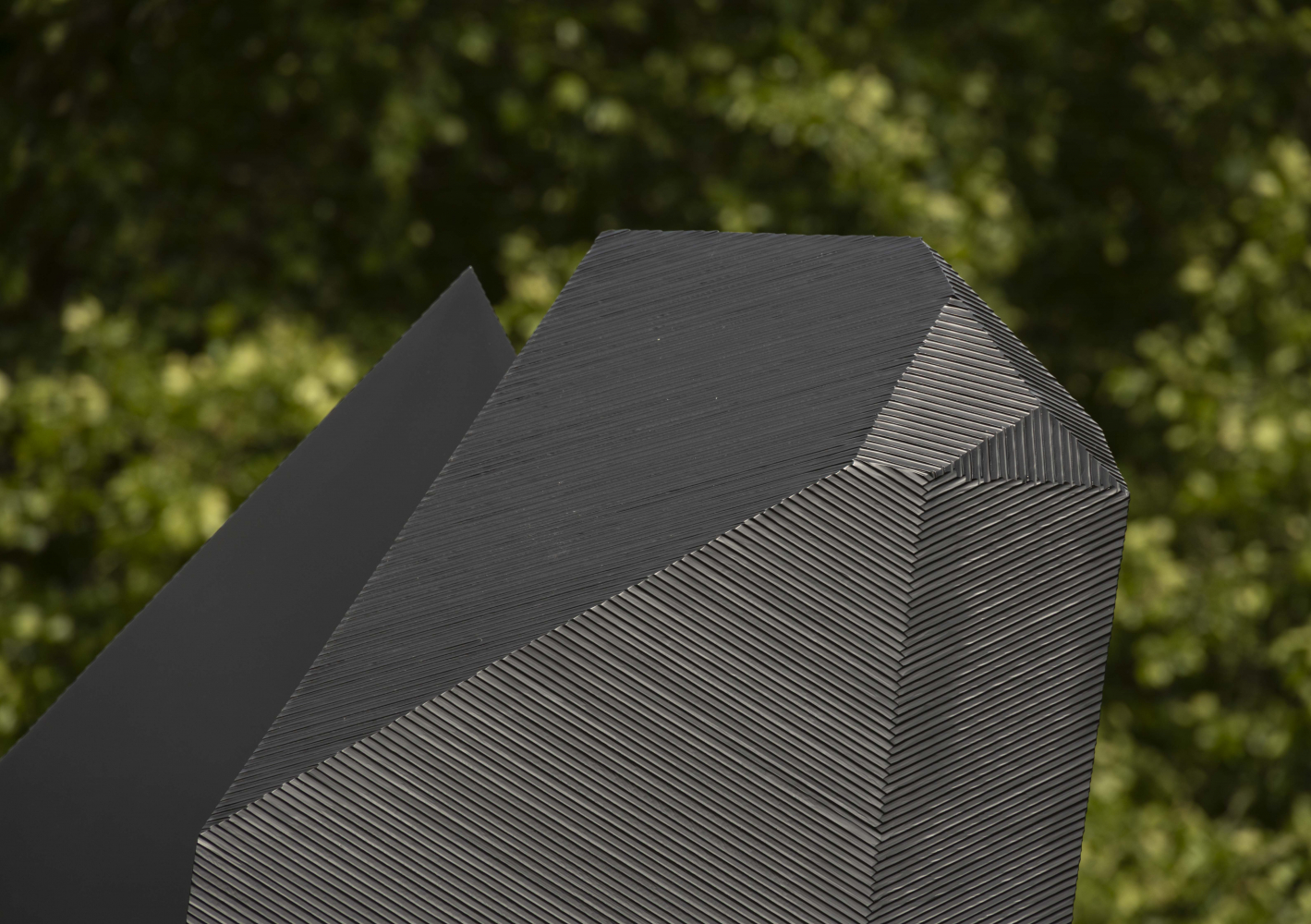Kibawa's Little Boy
- 2025
- public sculpture
- Leuven
Kibawa's Little Boy is a fractured, human-sized uranium crystal located at the Arenberg site (Leuven), linking historical exploitation with contemporary geopolitics. In the early 20th century, uranium was extracted in Congo with the collaboration of the Belgian authorities, including the uranium used for the atomic bomb Little Boy, which was dropped on Hiroshima in 1945. Today, mining industries are still active in DR Congo.
Given the colonial past, academic ties between Belgium and Congo were strengthened in the first half of the 20th century. As such, KU Leuven established in 1954 a sister university in Kinshasa, called Lovanium. The university’s first chancellor was the Belgian nuclear scientist Monseigneur Luc Gillon who brought the first nuclear reactor on the African continent, on the Lovanium campus.
With this public sculpture, Baloji also draws attention to the parallels with the expropriation of cultural heritage. He dœs this by carving the shape of a Mayombe figure into the sculpture, which was brought to Belgium by Belgian missionaries in Congo. In the artwork’s title, 'Kibawa' refers to a powerful earth spirit of the Congolese Luba people. Associated with cults of possession and depicted with a piece of quartz on her head, Kibawa haunts history like a ghost.
Moreover, the split shape of the uranium crystal refers to a split that occurred in the late 1960s in Belgium: the library of the KU Leuven was divided between the Flemish-speaking KU Leuven and the newly founded French-speaking university, UCLouvain.
This sculpture was commissioned by KULeuven


